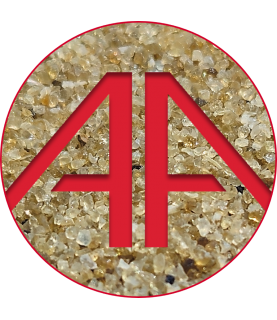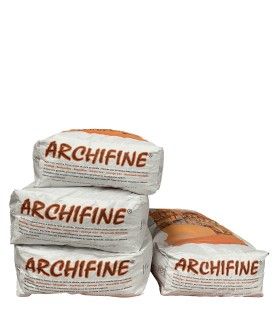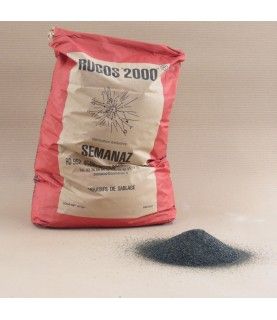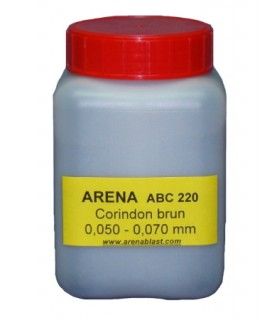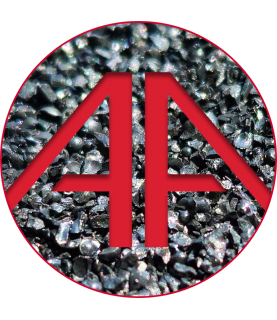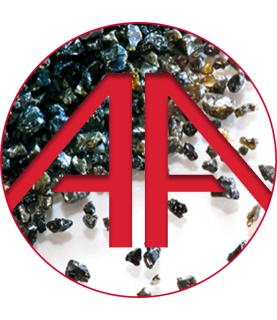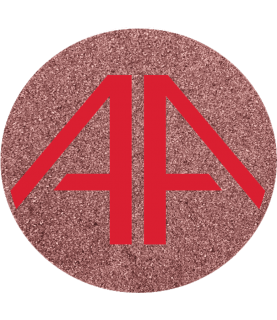
Abrasives
Subcategories
-
SCOREX SC06 Sandblasting Sand (25kg)
€16.75 HTAvailable for purchase in different grain sizes and packaging.
For any order over 100 kg*, you can benefit from a sliding scale rate.
➔ Contact us via the contact section, by email at devis@arenablast.com or by phone at 03.20.31.02.57.
*Decreasing rate applicable for the purchase of more than 100 kg of the same reference.
-
Sand Archifine N°6 (25kg)
"Archifine" sandblasting sand N°6, the 25 kg bag
Out of stock: see equivalent product Scorex SC06 -
Archifine Sand N°4 (25kg)
Archifine Sandblasting Sand N°4, the 25kg bag
Product unavailable; See the SCOREX SC250 article for equivalent abrasive.
-
RUGOS 50/80 Sandblasting Sand
Rugos 50/80 sandblast sand, 25kg bag.
Product unavailable, see article SC06 for equivalent abrasive.
-
-
Sandblasting Sand - Iron Silicate
€16.75 HTAbrasive sold in 25kg bags
For any order over 100 kg*, you can benefit from a sliding scale rate.
➔ Contact us via the contact section, by email at devis@arenablast.com or by phone at 03.20.31.02.57.
-
Fine Blasting Sand - Aluminum Silicate
€16.75 HTAvailable for purchase in different grain sizes and packaging.
For any order over 100 kg*, you can benefit from a sliding scale rate.
➔ Contact us via the contact section
*Decreasing rate applicable for the purchase of more than 100 kg of the same reference.
-
Garnet
For any order over 100 kg you can get discounted price
➔Contact us.
What are the different types of abrasive ?
To begin with, it must be said that there are 2 types of abrasives; Lost abrasives and recyclable abrasives.
All abrasives used for sandblasting without recycling, i.e. outdoors or in a sandblasting room, are called lost abrasives. They are meant to be projected once and then discarded.
They are most often used in a airgum in exterior sanding. This abrasive is not recycled and disperses after spraying. These can be minerals or sodium bicarbonate Like what.
They are generally used to process large parts that cannot fit in a sleeve cabin.
They can also be used in the building industry to renovate facades.
As a reminder: the use of pure silica as an abrasive has been banned in France since 1969! Silica in the form of silicate is authorized.
Lost abrasives are, like any type of abrasive, sensitive to moisture, which can disrupt the proper flow of grains.
When working outdoors, the use of a air dryer is often essential.
To complete the equipment, a combination and a ventilated sandblasting helmet are essential elements of protection.
Recyclable abrasives are also used to clean, renovate, or strip, but in a sandblasting booth equipped with a recycling system to reuse the abrasive. The recycling system then allows the recycled abrasive to be sprayed until the grains are too worn or polluted to be sprayed again.
They are ideal for use in a blast cabinet and can be sprayed several times before breaking and turning into unusable dust.
These abrasives can be made of a wide variety of materials, including: minerals, glass, metal, plastic, ceramics, etc.
Waste abrasives and recyclable abrasives do not have the same technical characteristics, the same hardnesses and are not made of the same components
What are the abrasive materials? / What are abrasives made of ?
Abrasives can be made of completely different materials depending on their purpose.
For example, corundum-type abrasives belong to the Angular abrasives. We are talking about a mineral abrasive that "tears" material from the surface of the treated parts.
They are perfect for:
- Deburring
-Scour
-Deoxidize
-Carve
- Create a roughness (for a better grip before painting for example or to have a matte finish on a part).
There are 2 types: brown corundum and the white corundum
Initially, it is the same product, but after processing, the iron oxide has been removed from the white corundum.
What for? Because iron oxide poses a rust hazard to metal parts.
This is why we recommend the use of white corundum for non-ferrous materials such as aluminum, brass, stainless steel, etc.
The Glass microbeads, they are part of the family of spherical abrasives: they are said to hammer the workpiece.
They can be used in several cases:
* Clean or renovate metal while preserving parts
* Perform weld cleaning
* Carry out post-processing on 3D parts
* Achieve a clean and consistent finish without the need for painting after treatment
Thanks to their round shape, they can also be used after stripping to satin finish parts.
Be careful though !
Glass microbeads are fragile, if the sandblasting is done with too much pressure, the microbeads will break and turn into angular glass! The surface condition of the part will then not be the same !
The Plastic Media is a scrub abrasive, i.e. it does not attack the surface of the workpiece. It is made of recycled plastic particles and is mainly used to clean or treat delicate parts.
For the record, plastic media was developed in the United States in the 80s to strip aircraft parts without removing material.
Years later, we still recommend plastic media for stripping, but this time: rims!
Indeed, after several comparative studies with other more aggressive abrasives, in particular corundum, it turns out that nothing beats the plastic media. It is perfect for removing epoxy paint on aluminum rims.
What are the different grades ?
The grades correspond to the different sizes of the abrasive grains. There are a multitude of different grain sizes depending on the type of abrasive chosen.
The larger the abrasive grains, the more the impact will mark the substrate; conversely, the finer the abrasive grains, the smoother the appearance of the part will be.
Some basic rules on the use of abrasives:
- The force of the impact of each abrasive grain on the workpiece is proportional to:
- Its size (its particle size)
- Compressed air pressure
- The nozzle / part distance
- The stronger the abrasive, the higher the air pressure, and therefore, powerful impacts.
- A resistant abrasive can be recycled several times before being disposed of by the machine as dust.
- Conversely, a less resistant abrasive will be consumed more quickly.
- The roughness obtained by spraying the angular abrasive is related to the particle size of the abrasive.
- It is easier to create roughness on a soft metal than on a hard metal.
- The harder and more brittle the surface layer to be removed, the easier it is to remove.
- Conversely, the abrasive will tend to bounce off a soft material such as rubber or glue.
- Two successive treatments with two different abrasives are sometimes necessary; the first to strip and the second to produce a satin finish.
- Glass microbeads projected at too high an air pressure burst on impact and turn into angular grains. This gradually changes the final surface finish.
To avoid this phenomenon, the impact energy must be limited or the abrasive must be replaced more often.




